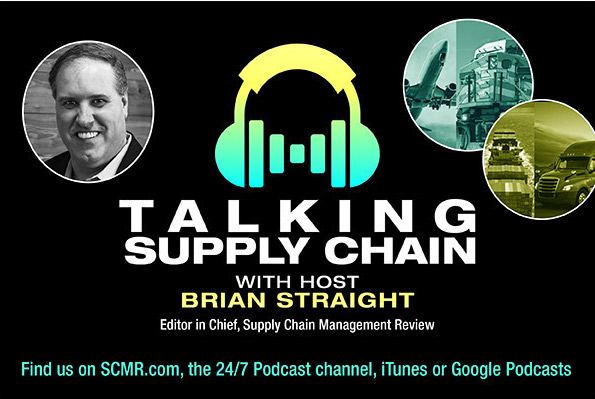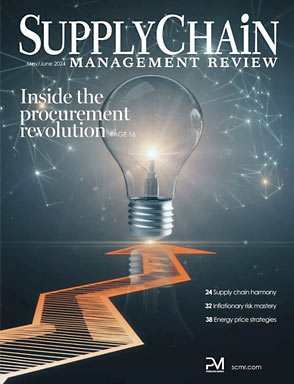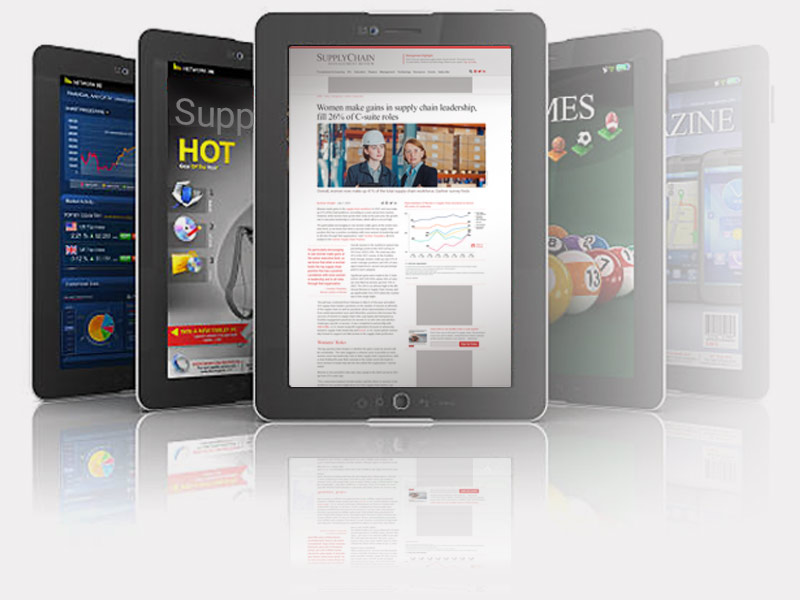By Maria Lucch
The U.S. full truckload (FTL) market is uniquely challenging for shippers to navigate because of its high degree of market fragmentation, competitiveness, and magnitude. For these reasons, shippers have adopted various procurement behaviors to contend with the market’s complexities. This study aims to establish “state-of-the-practice” behaviors as well as highlight “state-of-the-art” behaviors in full truckload procurement organizations. Through surveys and semi-structured interviews with shippers of various industries and annual FTL spend sizes, data was collected on shippers’ practices in procurement strategy as well as their practices in the execution of those strategies.
The Framework: Technology, process, and people
Shippers’ practices were separated into three categories: Technology, process, and people. The technology category focused on data availability and accessibility—“Do You Have It?” The process category focused on an organization’s discipline in using data to drive decision-making—“Do You Use It?” Lastly, the people category focused on an organization’s willingness to share information with its business partners (carriers) to enable operational success—“Do You Share It?”
Shippers received a score between 0 and 1 in each category based on the number and type of each practice they demonstrated in that category. The higher the score, the more “state-of-the-art” the shipper was judged to be. Shippers were only scored on the questions they were asked, so no shipper was penalized for behavior they did not have an opportunity to discuss in the interviews. Lastly, the equally weighted sum was taken across the three categories and converted into a shipper’s aggregate score. This aggregate score ultimately classified a shipper as representative of state-of-the-practice or state-of-the-art in the sample.
The threshold between state-of-the-practice and state-of-the-art was 0.8, since this figure represented the third quartile of aggregate scores across all shippers. If a shipper’s aggregate score was less than or equal to 0.8, the shipper was assumed to be representative of the majority, or state-of-the-practice. On average, a single practice impacted a shipper’s score by 0.08–0.13, suggesting that even changes in a few practices could push a shipper into the state-of-the-art category.
The Result: Shippers who have, use, and share their data
Both the category and aggregate scores suggested that a small number of behaviors distinguished state-of-the-practice and state-of-the-art shippers.
Technology—“Do You Have It?”
Shippers demonstrated state-of-the-art practices through “having” accessibility and availability in their data and systems in the following ways:
- Monitoring and reporting on “ghost lanes” within the network. Ghost lanes occur when capacity is secured during a procurement event, but that capacity goes unused because loads never materialize on the lane.
- Regularly utilizing sales & operations planning (S&OP) output to update forecasted freight needs within the network.
- Engaging in systematic analysis and cleaning of historical data used to support procurement events.
Process—“Do You Use It?”
Shippers demonstrated state-of-the-art practices through disciplined “use” of their data across procurement processes in the following ways:
- Using lane data to identify distinct lane characteristics across the network.
- Developing a distinct procurement strategy to account for differentiated needs across the network. For example, separate, seasonal procurement events were held to procure capacity for seasonal volume.
- Aligning distinct service expectations on lanes with distinct needs. For example, a customer-facing lane requires 98% on-time delivery (OTD) compared to an inbound vendor lane requiring 90% OTD.
People—“Do You Share It?”
Shippers demonstrated state-of-the-art practices in “sharing” information with their carriers in the following ways:
- In a request for proposal (RFP) event, sharing between-round feedback with carriers that goes beyond the basic “stoplight” approach. A “stoplight” approach uses colors (red, yellow, and green) to signal to a carrier how competitive its submitted bid in an RFP was.
- Sharing all available lane information with carriers in an RFP, going beyond the minimum requirements needed to service and bid on a lane. Minimum requirements include an annual average of loads, equipment needs, and origin/destination addresses.
- Proactively communicating changes in contracted volume with carriers, offering concessions or replacement volume where applicable.
Every year, approximately 80 students in the MIT Center for Transportation & Logistics’s (MIT CTL) Master of Supply Chain Management (SCM) program complete approximately 45 one-year capstone projects.
These students are early-career business professionals from multiple countries, with two to 10 years of experience in the industry. Most of the research projects are chosen, sponsored by, and carried out in collaboration with multinational corporations. Joint teams that include MIT SCM students and MIT CTL faculty work on real-world problems. In this series, they summarize a selection of the latest SCM research.
SC
MR


More Truckload
 Explore
Explore
Topics
Business Management News
- C.H. Robinson rolls out AI agent to address LTL classification overhaul
- Danone latest to announce new US investment
- From flight decks to fulfillment: A veteran’s supply chain journey
- Employee versus enterprise AI adoption
- Uber Freight’s Val Marchevsky to deliver Keynote at NextGen Supply Chain Conference
- Unlocking the green grid: Innovations for eco-friendly last mile
- More Business Management
Latest Business Management Resources

Subscribe

Supply Chain Management Review delivers the best industry content.

Editors’ Picks




